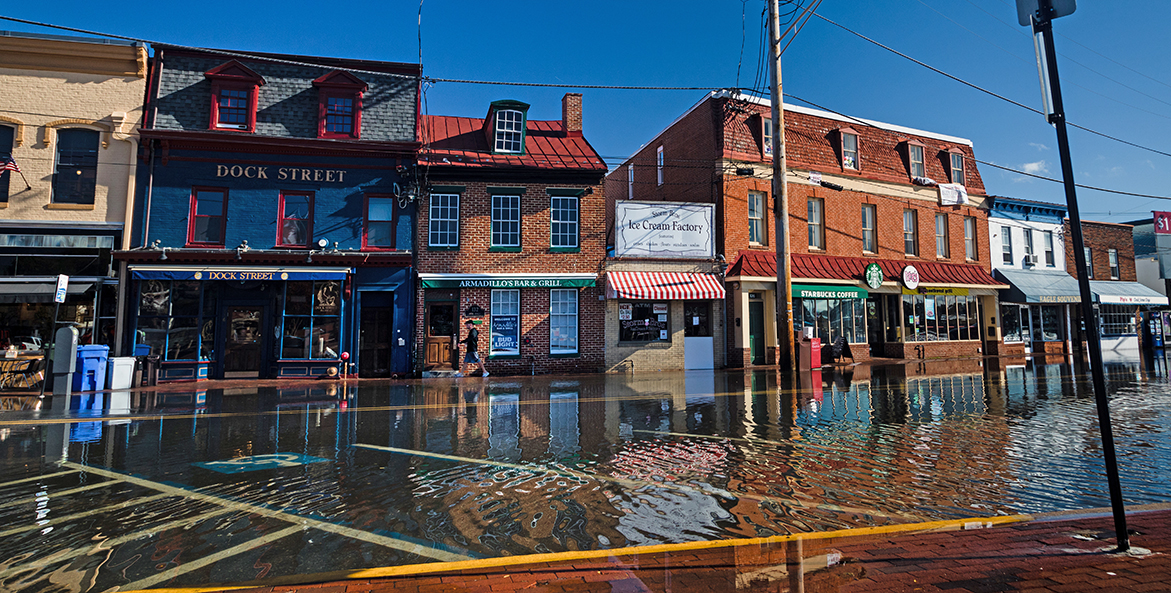Reducing pollution remains the single most urgent priority to restore the Chesapeake Bay, and the Chesapeake Clean Water Blueprint—the federal-state plan to restore water quality in the Chesapeake Bay—has proven the best way yet to do so. Since 2009, the federal-state partnership has put practices in place to reduce the nitrogen pollution flowing into the Bay each year by 30 million pounds—roughly 42 percent of the required reduction. It has drastically reduced pollution from wastewater treatment plants, in particular—a crowning achievement of public investment and technological advances.
Programs to address pollution from agriculture and urban and suburban areas, however, have fallen woefully short. Some of this can be attributed to lack of investment; but even with the funds available, progress is not advancing as needed. Addressing these sources is the defining challenge the partnership now faces, and key policy changes are necessary to fix issues that have long hampered success. These include:
- Target the most effective practices in the most effective places to optimize investments.
Bipartisan support in Congress and in the states helped direct an unprecedented influx of funding to key Bay programs in the past year, creating a real opportunity to get restoration back on track and achieve the Blueprint commitments as quickly as possible. These programs should prioritize practices that reduce the most pollution per dollar invested and have multiple long-term benefits for water quality and communities. Examples of such practices include forested buffers and wetlands, urban trees, and agricultural practices that store soil carbon and increase resilience to extreme weather. Increased investment in outreach and technical assistance will be critical to successful targeting. - Pay for performance.
The partnership should invest in programs where incentives are based on a set of measurable, documented outcomes such as water quality monitoring data, model estimates of pollution reductions, and other objective metrics that capture multiple benefits to the environment and communities, not just individual practices. To encourage adoption of these approaches, it will be important to ensure pollution-reduction credits can be connected to these outcomes. - Broaden community involvement.
The partnership should improve its understanding and engagement of key stakeholders, including farmers, homeowners, and community groups. Identifying the factors that influence individual decision-making and the barriers to conservation action can help develop communication, outreach, and education strategies that truly engage these groups and overcome obstacles to adopting conservation practices in both agricultural and urban areas. - Improve accountability measures.
The use of technology like satellite imagery can help credit where conservation practices are being implemented across the watershed. Better tracking of both pollution sources—such as fertilizer and livestock populations—and real-world benefits—like local water quality or soil health—can help inform management decisions. Lastly, the partnership needs to ensure existing state and federal laws and regulations protecting water quality are being implemented and enforced. - Restore the Bay for a changing climate.
The effects of climate change are being felt across the Chesapeake Bay watershed. Extreme storms, heat, and rising sea levels make restoration harder and put both communities and the watershed’s natural resources at risk. The partnership must develop tools, analyses, and supporting guidance to ensure restoration efforts are not only resilient in a changing climate, but also help mitigate its effects on communities.
While the Bay states are not on track to meet the Blueprint’s 2025 implementation deadline, these actions can help the partnership build on lessons learned and achieve the Blueprint commitments as quickly as possible—and maintain them over the long term. The watershed cannot afford delay given the urgent challenges of climate change and a growing population. By recommitting to the Blueprint principles of partnership, science, and accountability, we can still leave a healthy, resilient watershed for the next generation.



